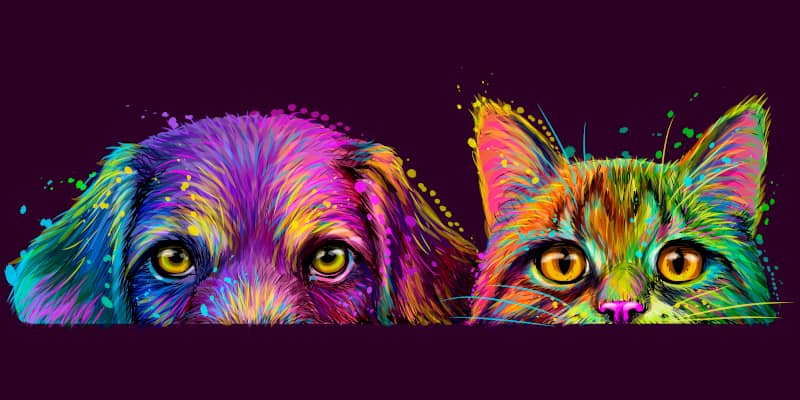
At the beginning of the Parsha, the Torah outlines the genealogy of Moshe and Aharon. There are two consecutive pesukim that introduce them (Shemot 6:26-27):
הוא אהרן ומשה אשר אמר ה’ להם הוציאו את בני ישראל מארץ מצרים על צבאתם.
הם המדברים אל פרעה מלך מצרים להוציא את בני ישראל ממצרים הוא משה ואהרן.
This was the Aaron and Moses to whom Hashem said: “Take the children of Israel out of Egypt according to their legions.”
They were the ones who spoke to Pharaoh, king of Egypt, to take the children of Israel out of the land of Egypt; this was the Moses and Aaron.
Why is Aharon mentioned first in the initial pasuk and Moshe mentioned second and vice versa in the subsequent pasuk? Rashi says: This is to teach us that both Moshe and Aaron were equal in greatness.
What does Rashi mean? How is it possible that both of them are equal? Every person in the world has unique talents and skills, and no two people are similar. Furthermore, we know that Moshe Rabbeinu was the greatest prophet ever to live.
Rabbi Yaakov Yitzchak Horowitz (The ‘Chozeh’ – seer of Lublin, Poland 1745-1815) suggests that when each person looks past his ego and focuses on what he could personally contribute in avodat Hashem – the service of G-d, then each person has an equal role in advancing the overall cause.
We, as outsiders, can see that Moshe Rabbeinu was the greater Navi (prophet) and often apply the same standard from the inside. We look at ourselves and look at others and begin ranking to determine who is better than whom in various areas of life. If instead, we focus on each person’s unique role and mission and that each person has something unique to contribute that nobody else can, then we too can see everyone else as equal.
The fact that each person is created differently is something we often overlook. In the workplace, we fool ourselves into believing that having many people with the same talents will produce better results. In life, we look at other people through our own biases, dismissing others who can’t do X, not realizing that they can do Y, which we cannot. By looking at people, the community and the world as a giant tapestry of different colours and patterns, we can all work together to bring out the best in everyone.
Shabbat Shalom,
Rabbi Shlomo Gabay